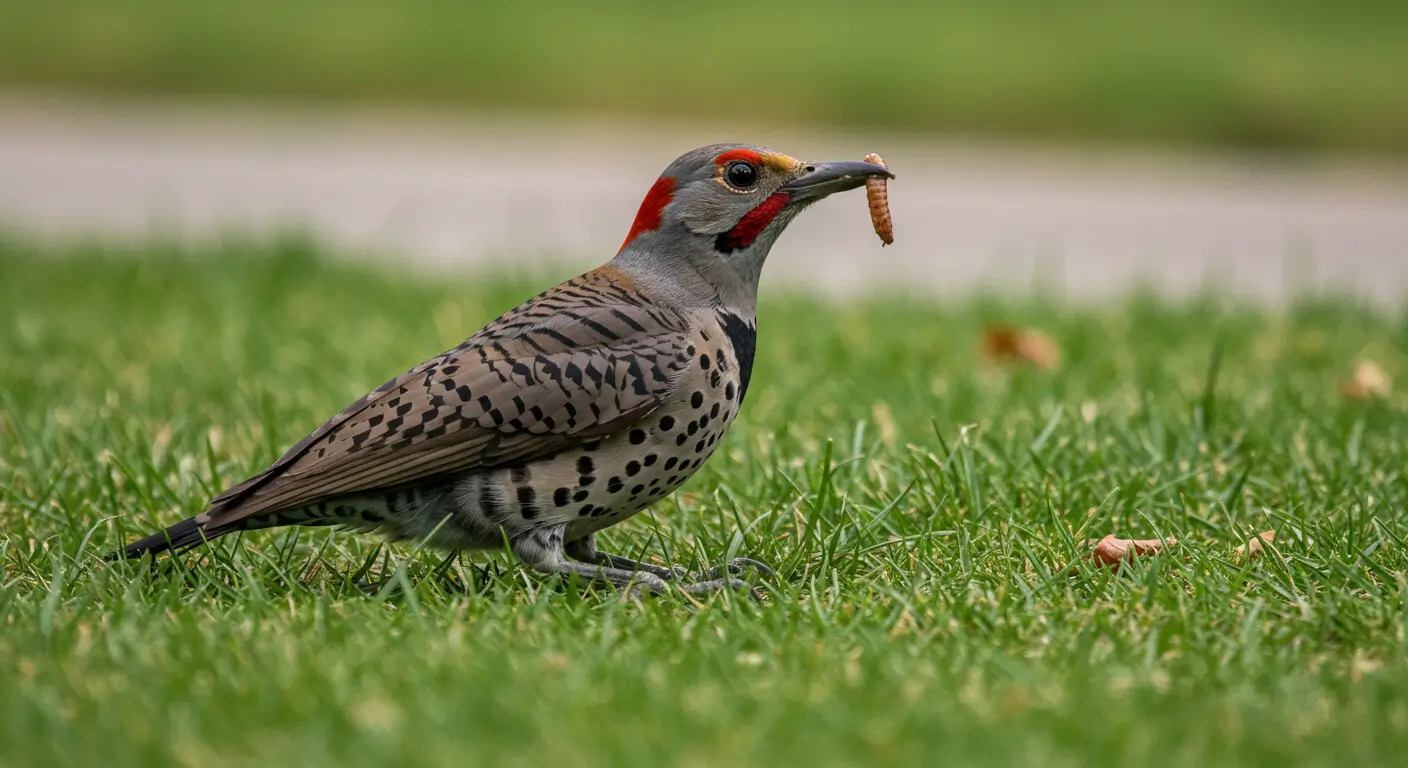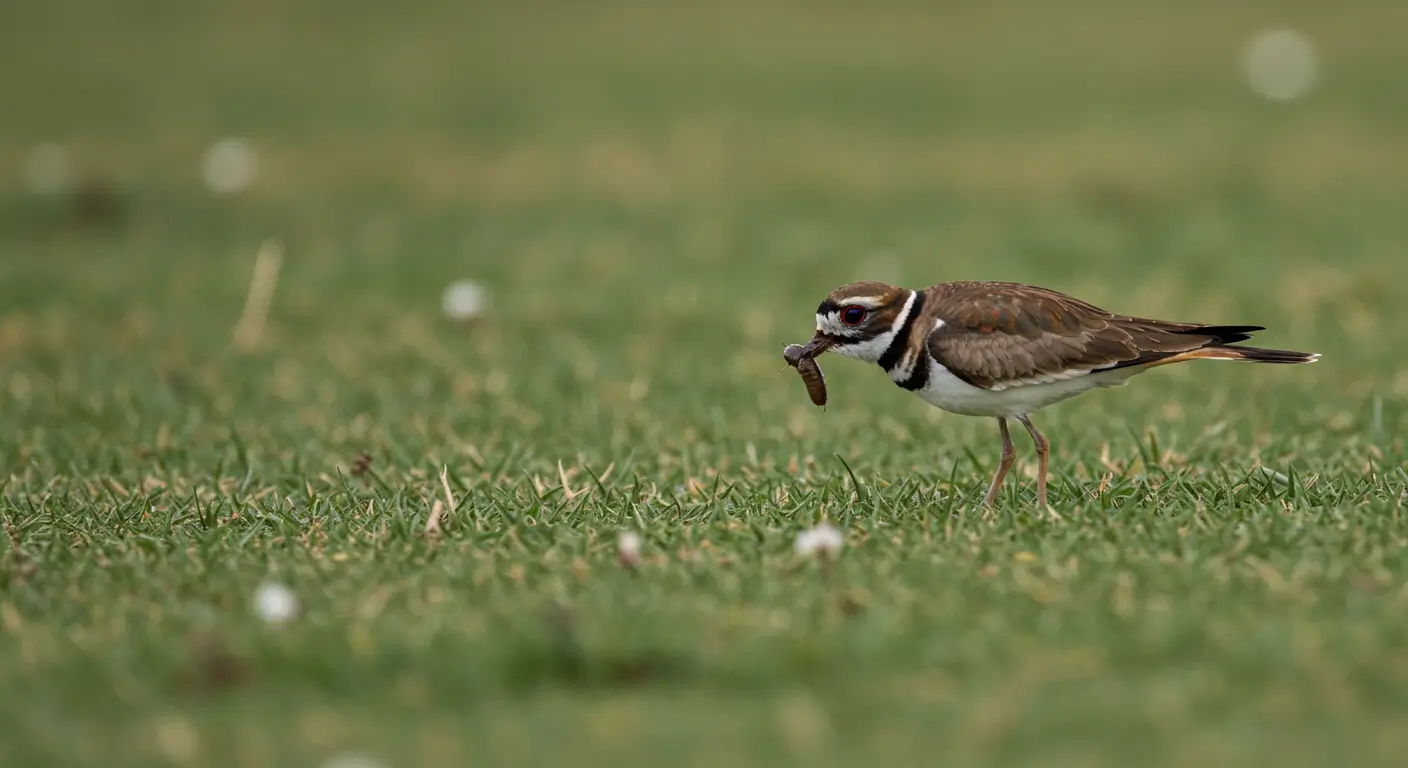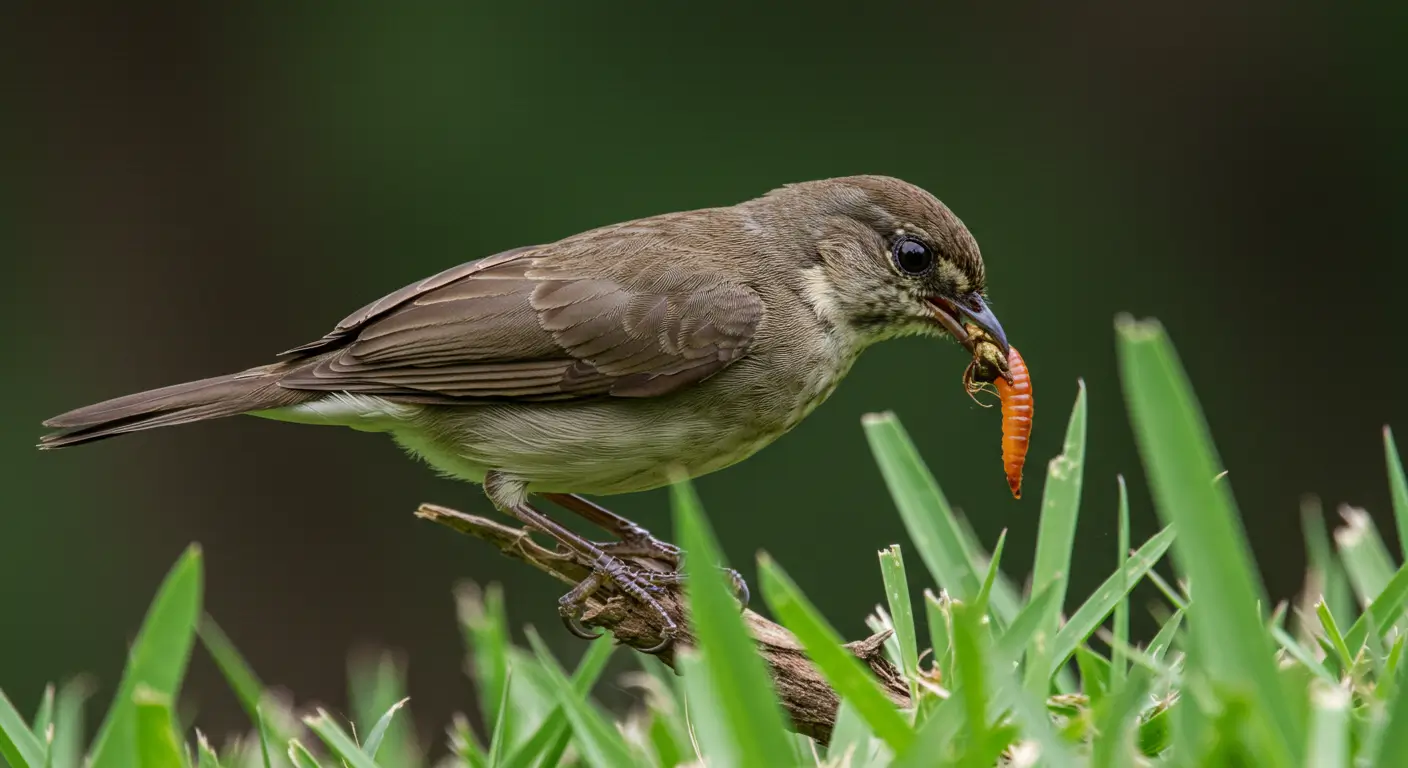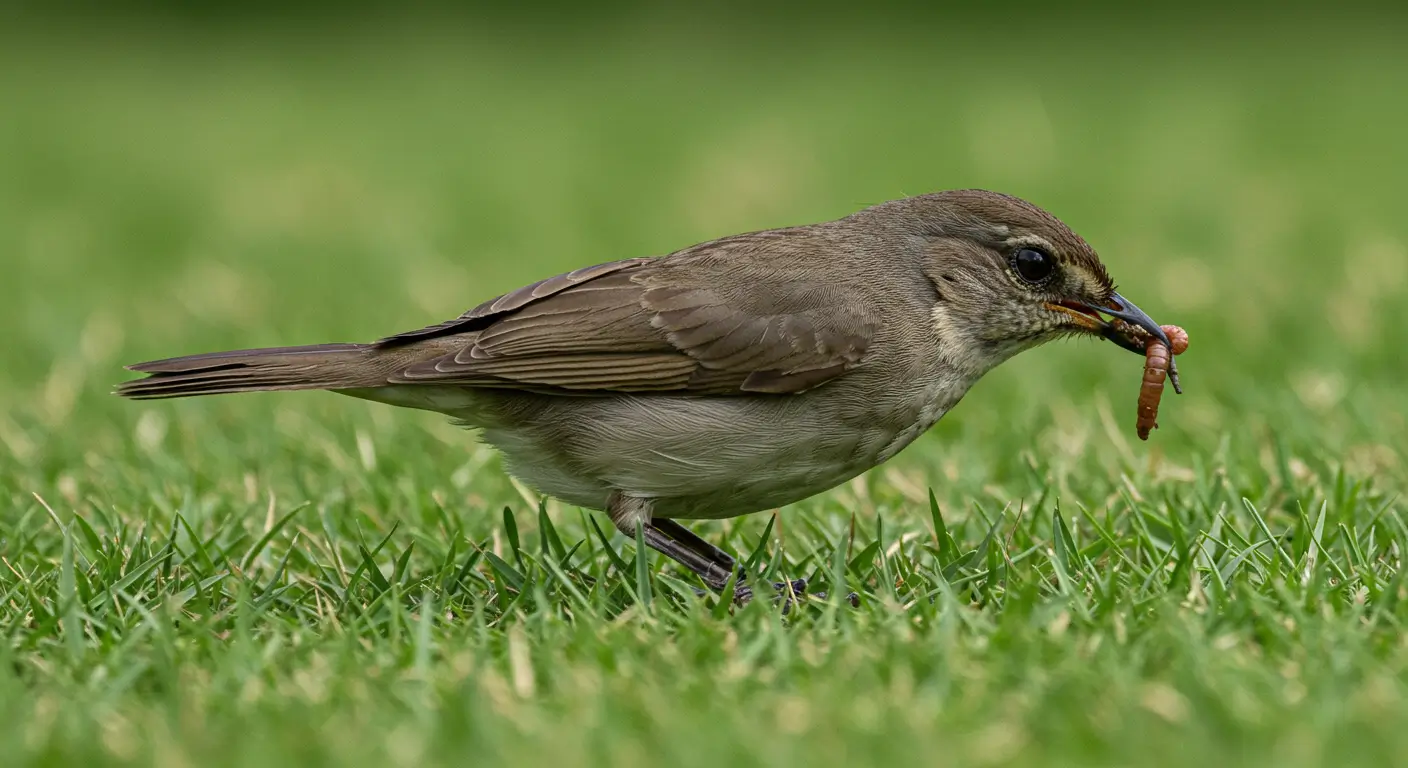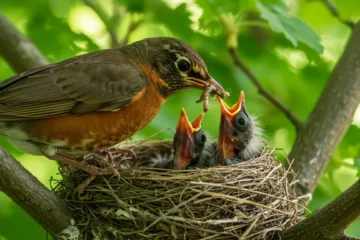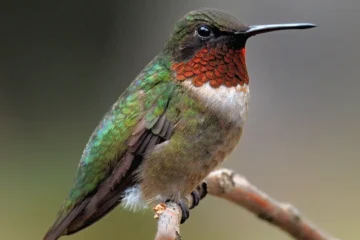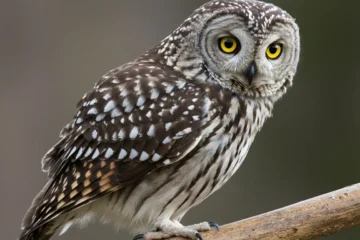Birds have an amazing connection with nature that often amazes us when we watch them. Their ability to find food like worms hidden in the ground is exceptional. These birds use their sharp senses to spot and catch their prey in clever ways.
Many birds eat worms as their main food. Common birds like robins and starlings are experts at finding worms deep in the soil. The knowledge about how these birds hunt for worms can better help us in understanding their natural skills.
How Do Birds Find Worms at Different Places
Nature has given birds different mechanisms to find food and meet their nutritional requirements.
1. Finding Worms in the Lawn
- Some birds use their sharp vision to spot subtle soil movements indicating worm activity.
- Some rely on their hearing to detect vibrations or sounds of worms moving underground.
- Some lawn-foraging birds probe the ground with their beaks to uncover hidden worms in the soil.
2. Finding Worms in the Grass
- Birds use their sense of hearing to detect subtle vibrations of worms moving beneath the grass.
- They rely on their sharp eyesight to spot slight soil disturbances or worm casts on grassy surfaces.
- Birds also use their beaks to sense the ground gently and feel for worms hidden just below the soil.
3. Finding Worms Underground
- Some bird species use their sharp hearing ability to detect minute vibrations of worms moving underground.
- Sensitive beaks allow birds to sense the soil and feel for worms hidden beneath the surface.
- Some birds rely on visual cues like spotting soil disturbances or worm trails to locate their prey.
How Do Birds Know the Ways to Find Worms
There are several adaptations in birds which help them to detect worms hidden in different places.
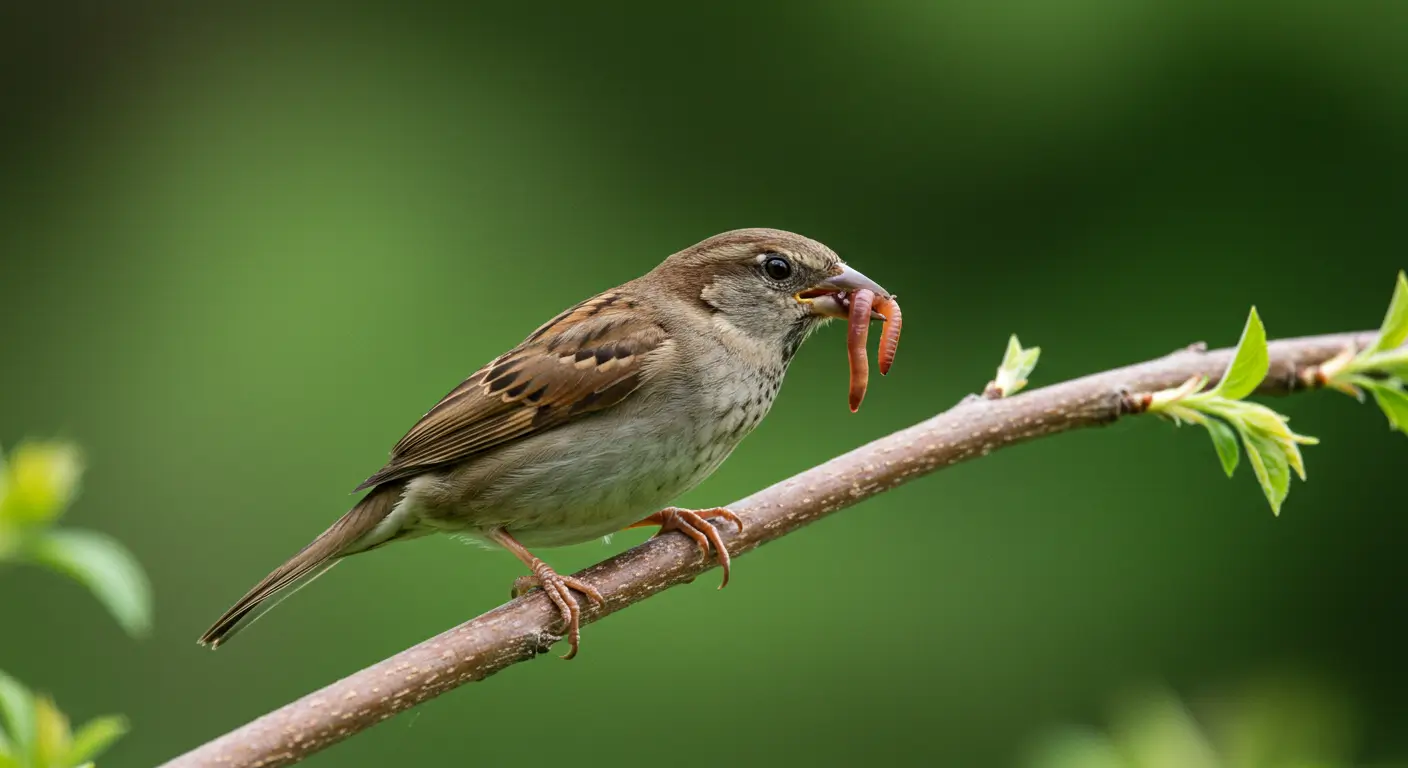
- Using Their Sharp Vision
Some birds can spot slight soil movement caused by worms. Their keen eyesight helps them locate potential prey even from a distance. - Listening for Movements
Birds have sensitive hearing which allows them to detect the faint sounds of worms moving underground. This skill is particularly useful in quiet environments. - Feeling Vibrations in the Ground
Some bird species use their feet to sense vibrations in the soil. These vibrations help them pinpoint worm locations with surprising accuracy. - Checking the Soil with Their Beaks
Birds use their beaks to dig into soft soil. This probing technique allows them to uncover hidden worms beneath the surface.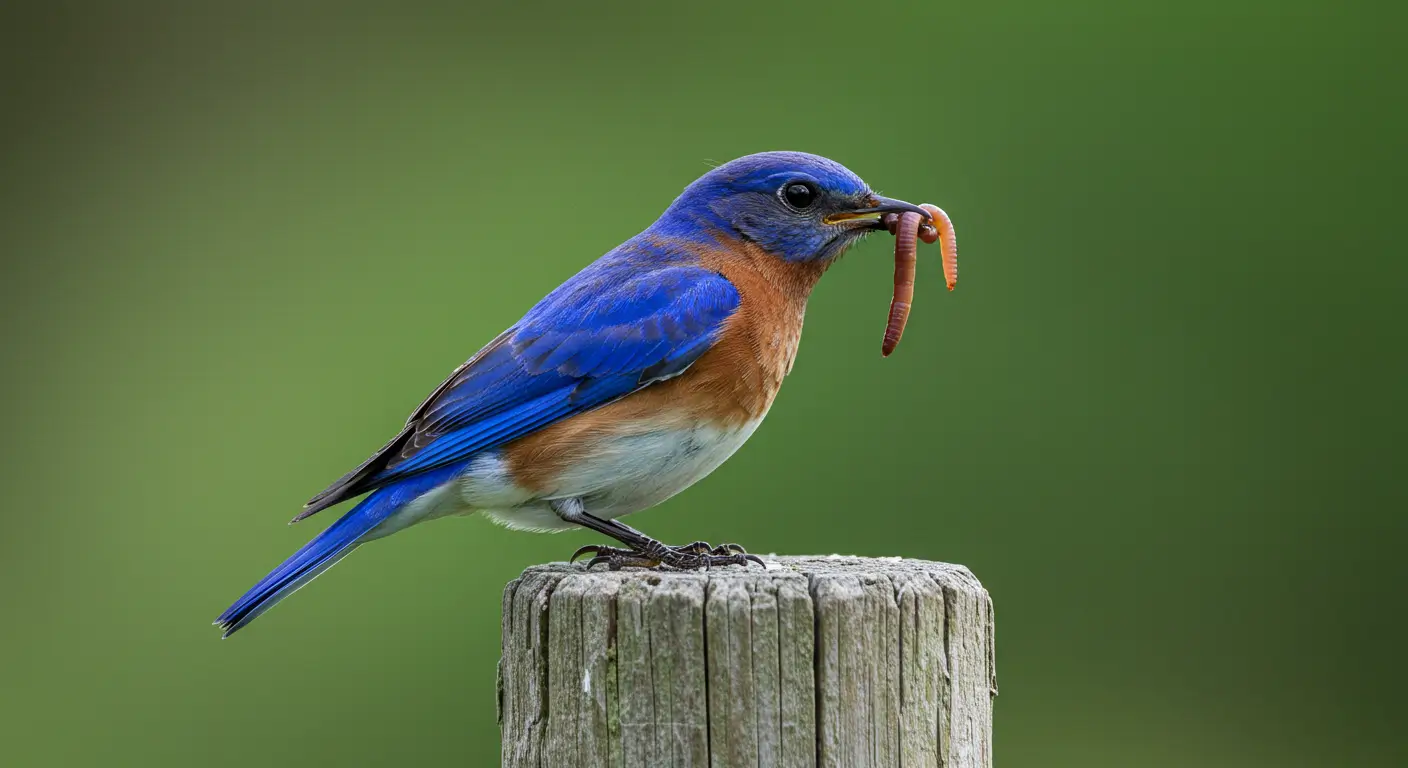
- Following Soil Moisture Levels
Birds know worms are more active in moist soil after rain. They move to areas with damp ground, where worms are likely to be near the surface. - Observing Other Birds
Flocks of birds often follow each other to productive feeding spots. Birds like blackbirds observe their peers to find where worms are abundant.
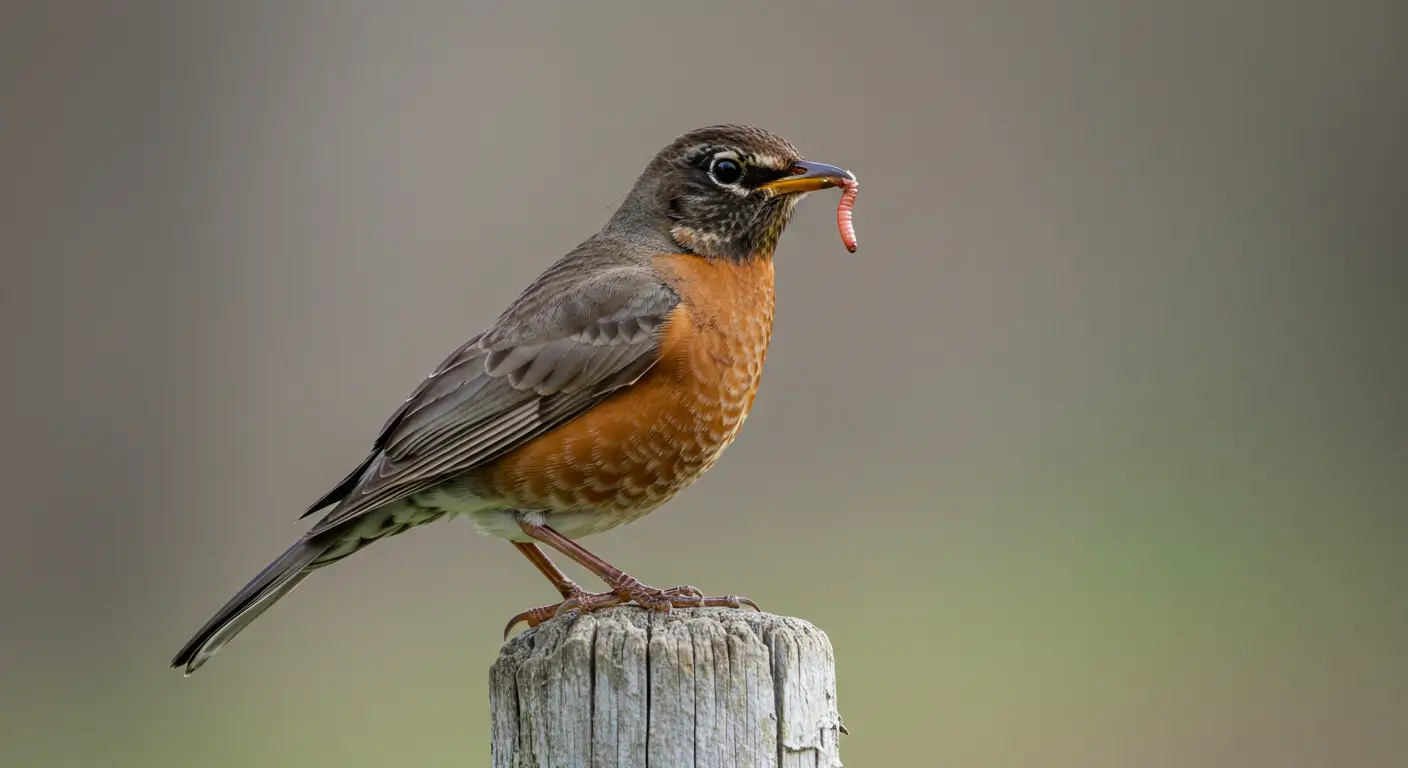
- Using Their Sense of Smell
Some birds rely on smell to find worms but some may use faint olfactory cues too. - Timing Their Search
Birds instinctively search for worms early in the morning or after rain. During these times, worms are closer to the surface which makes them easier to catch. - Adapting to Habitat
Birds such as sparrows and crows adapt their worm-hunting techniques based on their environment. Urban birds may rely more on observation, while forest birds use natural instincts.
Which Bird’s Species Use Which Special Feature to Catch Worms
Different bird species utilize different techniques to catch the worms and use them to fulfil their nutritional requirements.
Birds that eat worms have built in instincts to locate and trace their prey from even the tough places. These bird species specialize in their unique adaptation to detect and capture the worms. Worms are a good source of protein and nutrition for birds. Not all birds eat worms, but many species like robins, bluebirds, and thrushes rely on worms as a significant part of their diet. Robins tilt their heads to detect soil movement and vibrations caused by worms wriggling underground. Birds are most active in hunting worms early in the morning when worms are closer to the surface due to moist soil conditions. Birds like robins primarily rely on their sight to locate worms, while some species may also use hearing to sense movement.
Bird Species
Special Techniques to Find Worms
American Robin
Sharp eyesight and head tilting to detect soil movement caused by worms.
European Starling
Uses its long and pointed beak to pull worms from the ground.
Wood Thrush
Sensitive beak tips to feel vibrations from worms underground.
Northern Flicker
Strong digging ability to uncover worms and insects in the soil.
Killdeer
Fast foot movement to stir the soil and flush out worms.
Eastern Bluebird
Keen eyesight to spot worms on the surface or near the ground.
Grackle
Sharp beak and clever tactics to extract worms from the ground.
Song Sparrow
Scratches the ground with its feet to reveal hidden worms.
American Crow
Highly intelligent and uses tools like sticks to dig out worms.
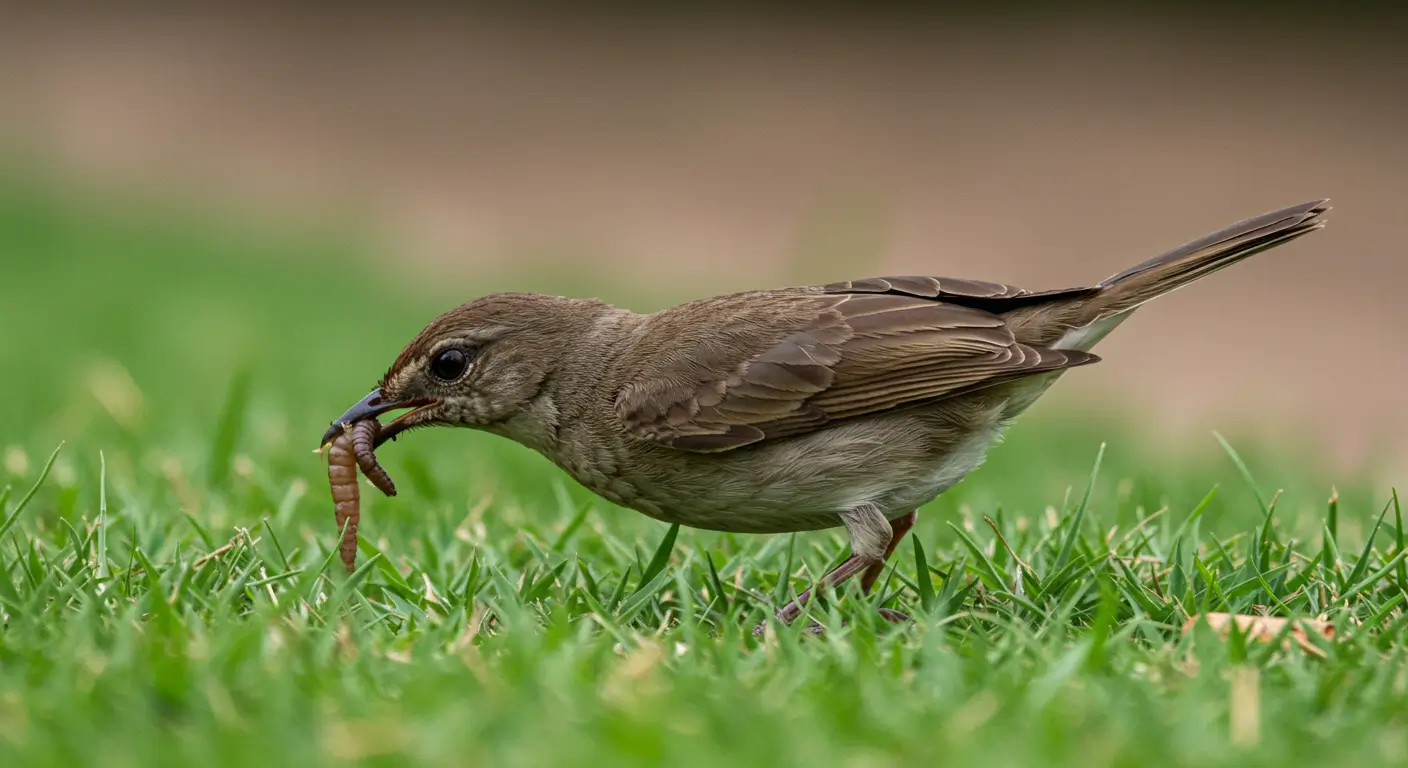
Worm Finding as an Adaptive Habit of Birds
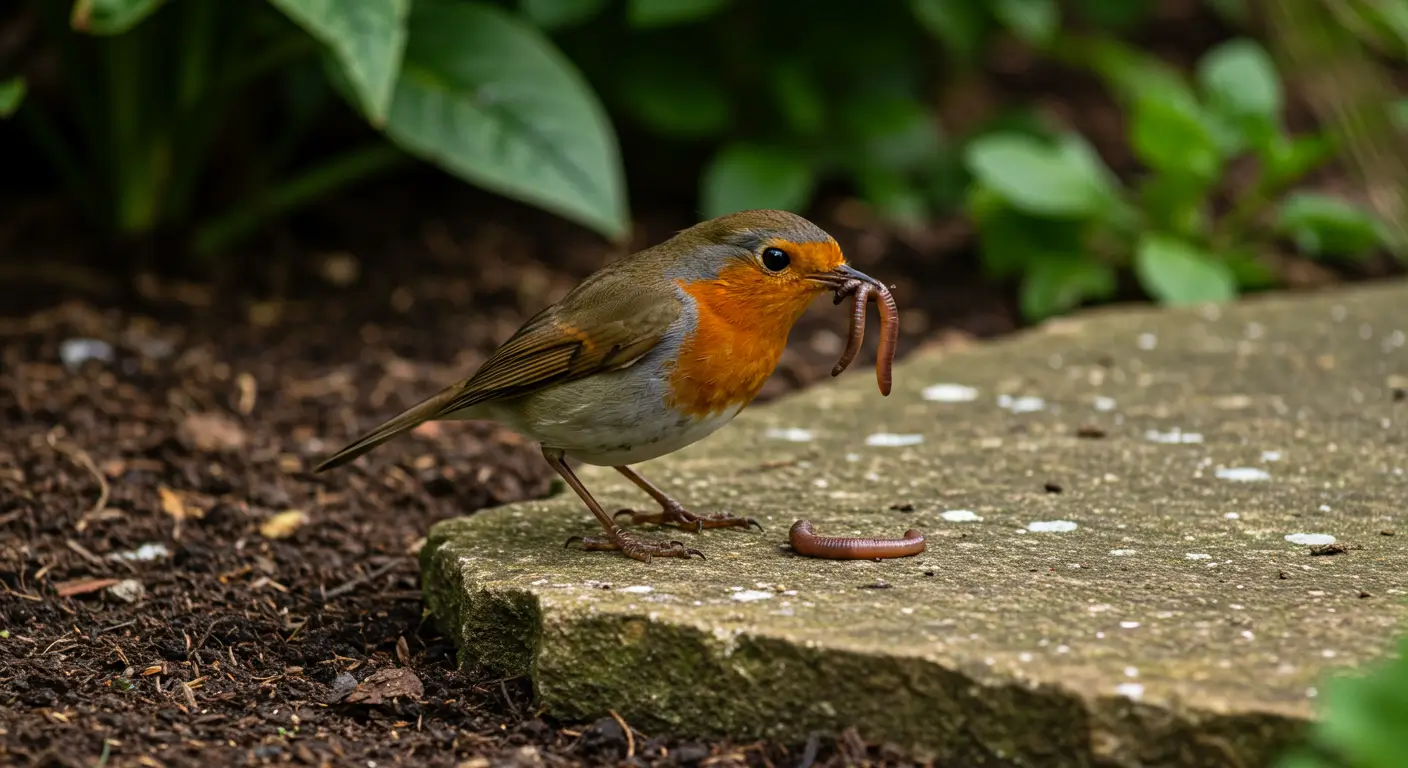
FAQs
Do all bird species eat worms?
Why do robins tilt their heads when searching for worms?
What time of day do birds hunt worms the most?
Do birds rely more on sight or hearing to find worms?

